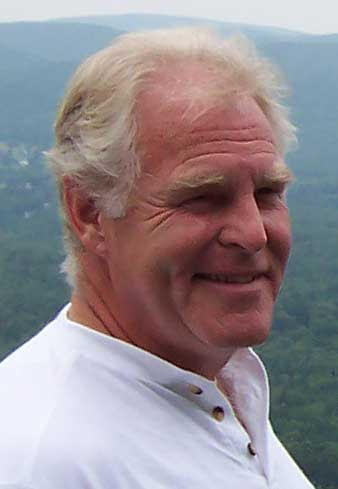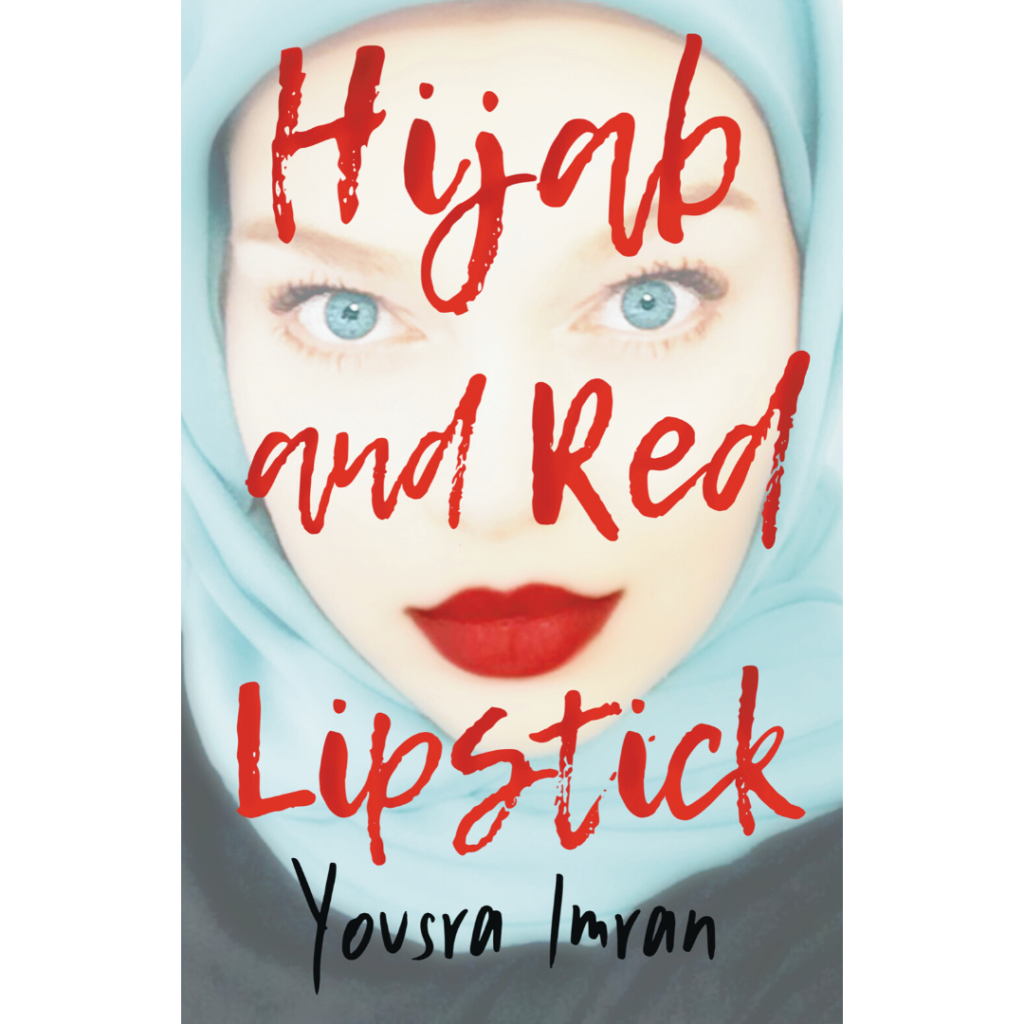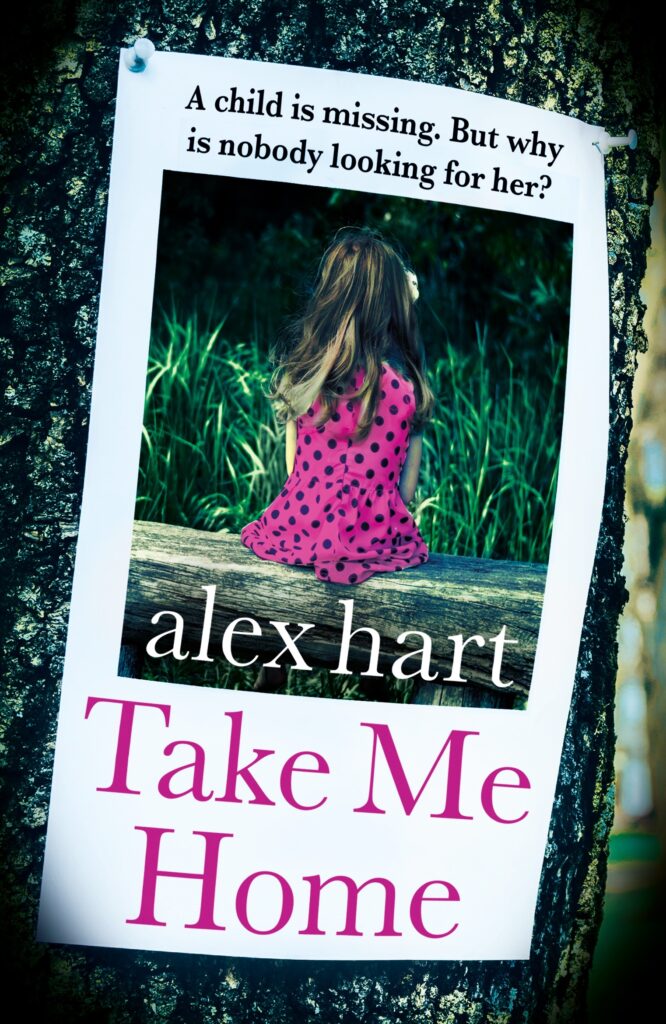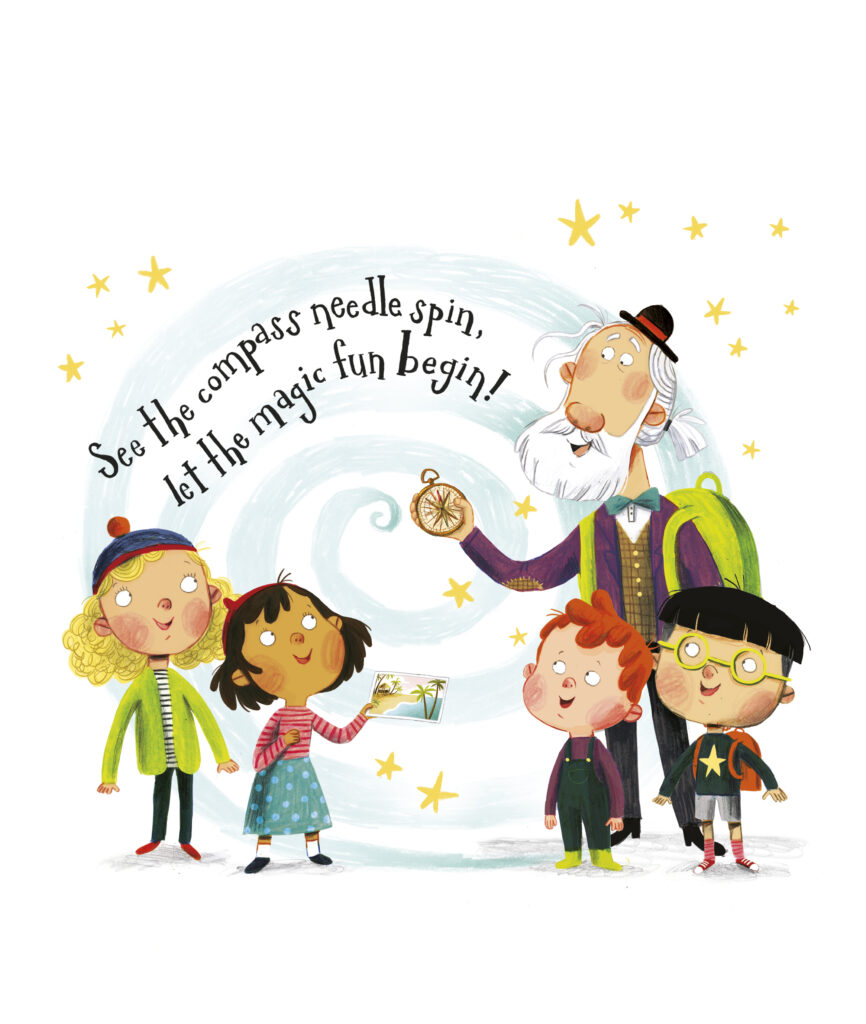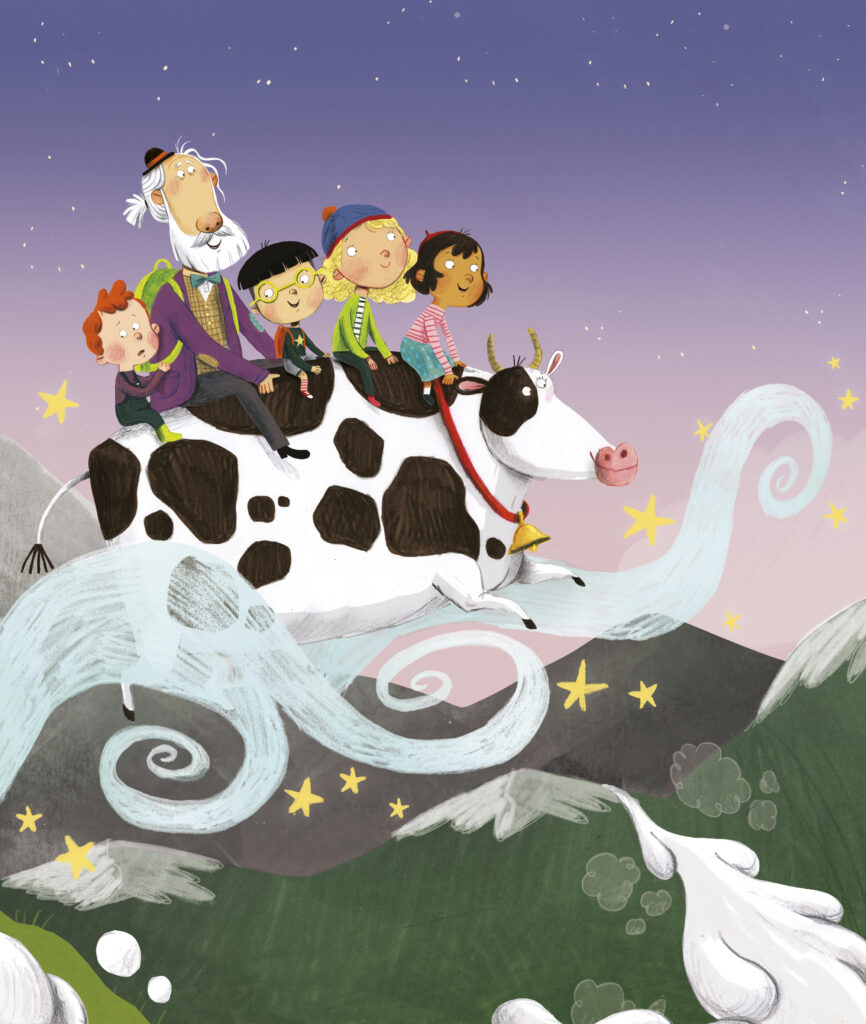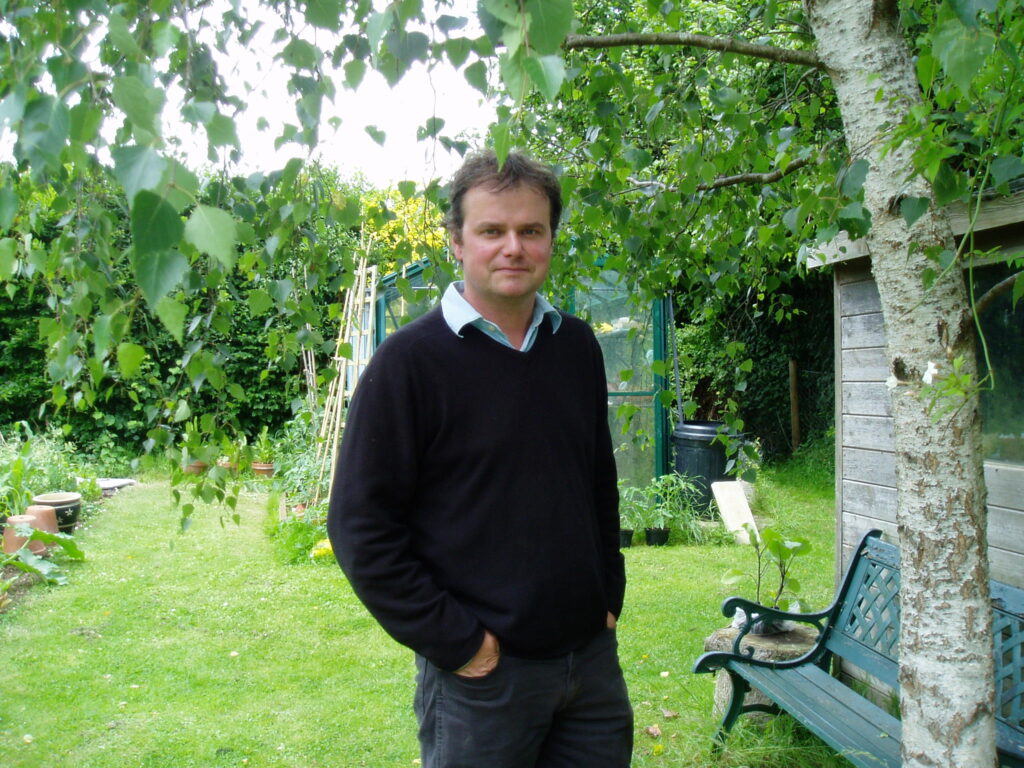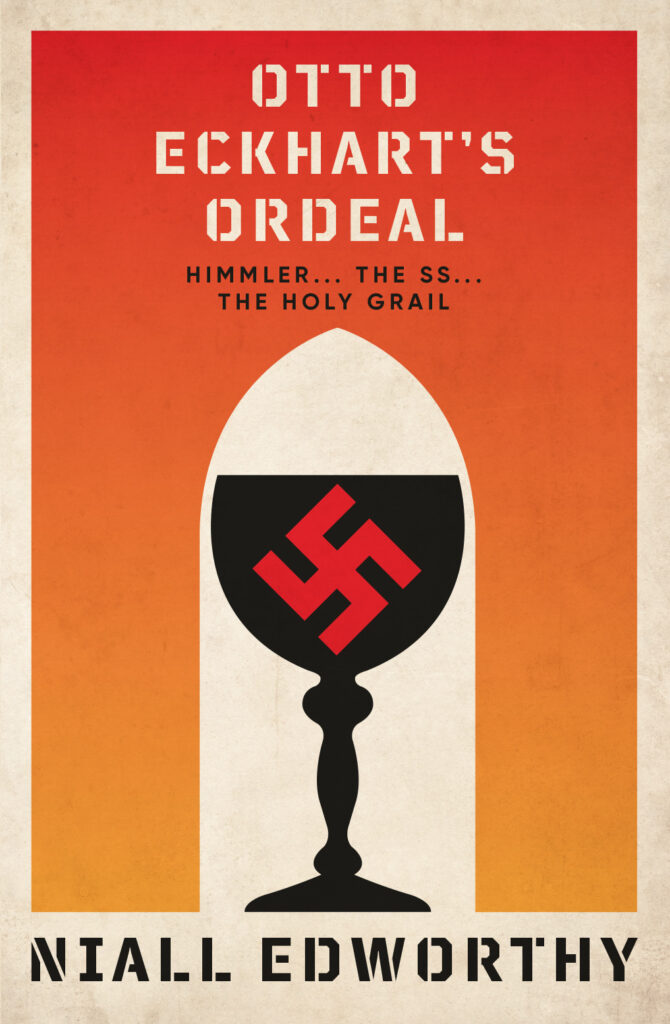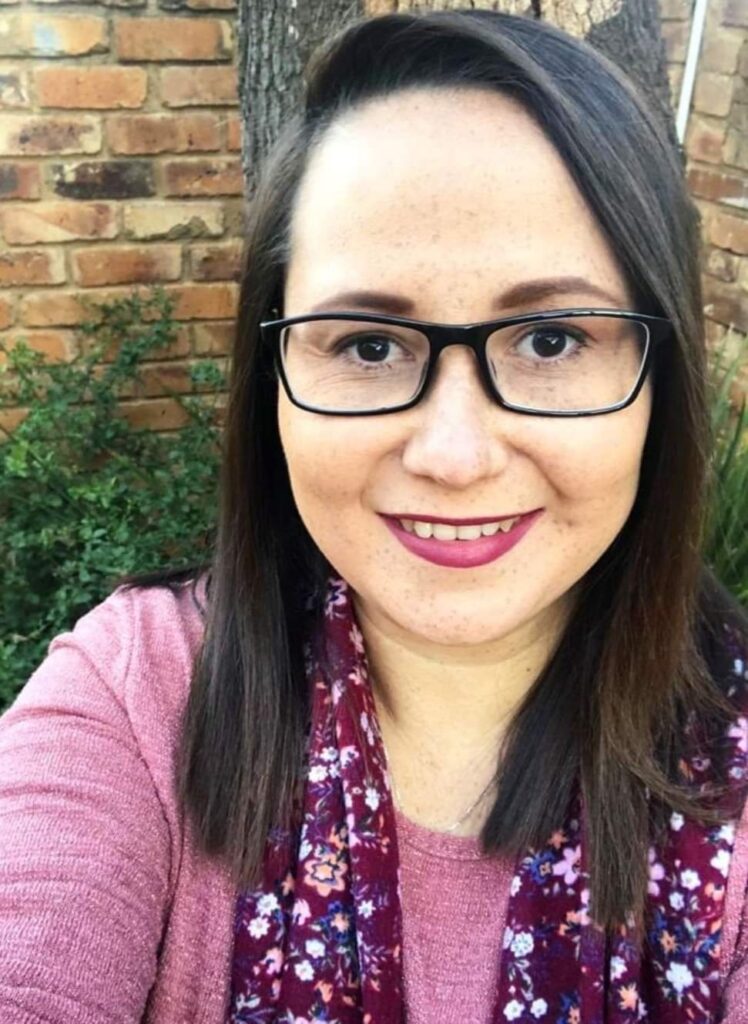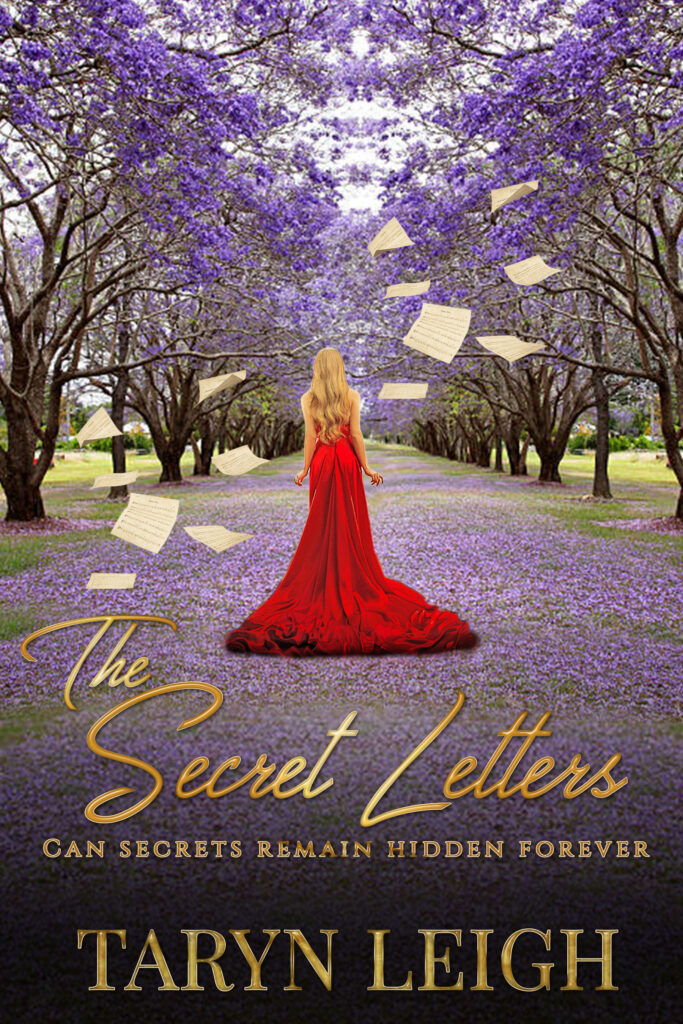I write every day for 2-4 hours, from roughly 8am to 11am, depending on how open my creative flow remains. I consider the “flow” to be a kind of pathway or conduit to the Infinite, where all events, thoughts, problems, solutions, lives and deaths occur, whether past, present, or future.
A Bit About Me:
I began writing when I was about ten years old. Short stories, poems, and a children’s book about a germ who saves the world. When I was introduced to alcohol and drugs at the age of fourteen, I became instantly addicted and my internal writer went into a coma. I wrote not another word until my mid-thirties when a novel burst out of me. I continued to write novels, but everything I expressed, whether it was through writing or raging, was being forced through a translation device, fueled and energized by drugs and booze. I drank, drugged and wrote for a total of forty-seven years. When, at the age of 66, I finally got clean, my writing began to take on a life of its own: it began to mature in the process. In essence, the act of writing became “natural” and, for the first time in my life, I realized I had been born with the gift of expression. My recently released novel, The Death of Harry Crow, is my best work. I’m now hard at work on the sequel, and the writing continues to flow with ease and assurance.
What I Have Written, Past and Present:
Various poems and short stories; a children’s book called, Gerry the Germ; a supernatural thriller called, The Duplicating Man; a book specifically for women called How To Buy An Excellent Used Car; a biographical novel (part memoir) about my life called, An Artificial Life; five novels in The William Snow Series, Beneath the Bridge, The Stones of Mirabella, The Barnes and Blackwell Affair, The Finding Man, and (the only one published from the series) The Death of Harry Crow. I am currently at work putting the finishing touches on the sequel to Harry Crow, called The Man in the Moon. It’s good stuff.
What I Am Promoting Now:
The Death of Harry Crow
A bit about the process of writing:
I write directly from my thoughts. No plan. If I don’t happen to have any interesting thoughts that are worthy of words, I put down words anyway. Random words. Misspelled words. Incomplete sentences. It doesn’t matter. Eventually, something readable comes out.
How Do I Do My Structure:
These days I write only novels. I have no plan and I use no outline. Because I write straight out of the Infinite, I have no real structure; I just write until the work announces to me that it’s done. However, because I write thrillers, I do prefer to write short, impactful chapters that keep the action going, a bit like a Gatling gun.
What Do I Find Hard About Writing:
The toughest thing for me is dealing with Creep, the ungrateful primate who lives in a cave at the back of my skull. When Creep comes lumbering out of his cave with his knuckles dragging along my brain pan, he has but one purpose: to keep me from becoming a self-supporting writer. Creep came close to killing me (his true objective) by convincing me, across a span of 47 years, that drugs were the only way to deal with pain. Creep almost won, but when I learned that expressing pain is the only way to heal it, he lost most of his power over me. He’s still there, but I know how to deal with him now: I write.
What Do I Love About Writing:
I love that I can leave. When I write, I leave the world behind me: it’s only me, the words, and the fantasy in my head. I have unlimited power. I can do anything.
Advice For Other Writers:
Do these three things: read, read, and read. If you are meant to write, the words will follow.
The Death of Harry Crow by Leith MacArthur available in paperback, £9.99, via Amazon or to order in any good bookshop.

